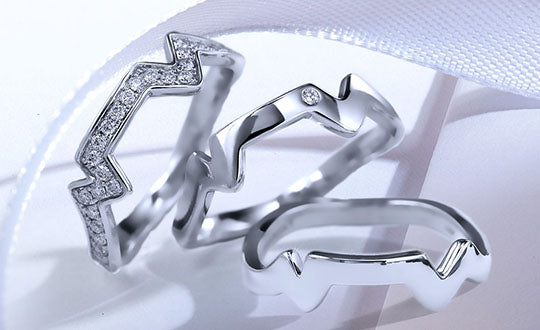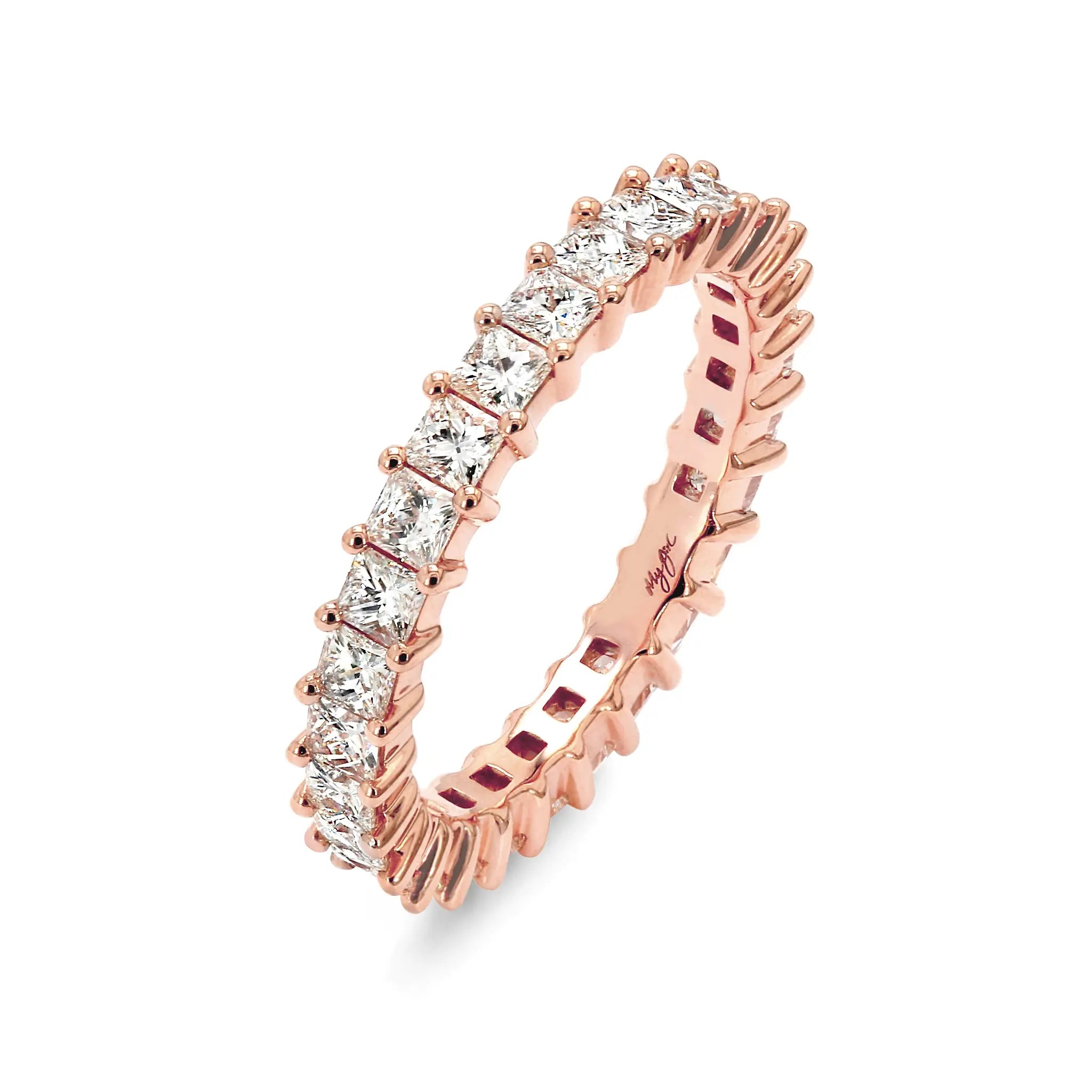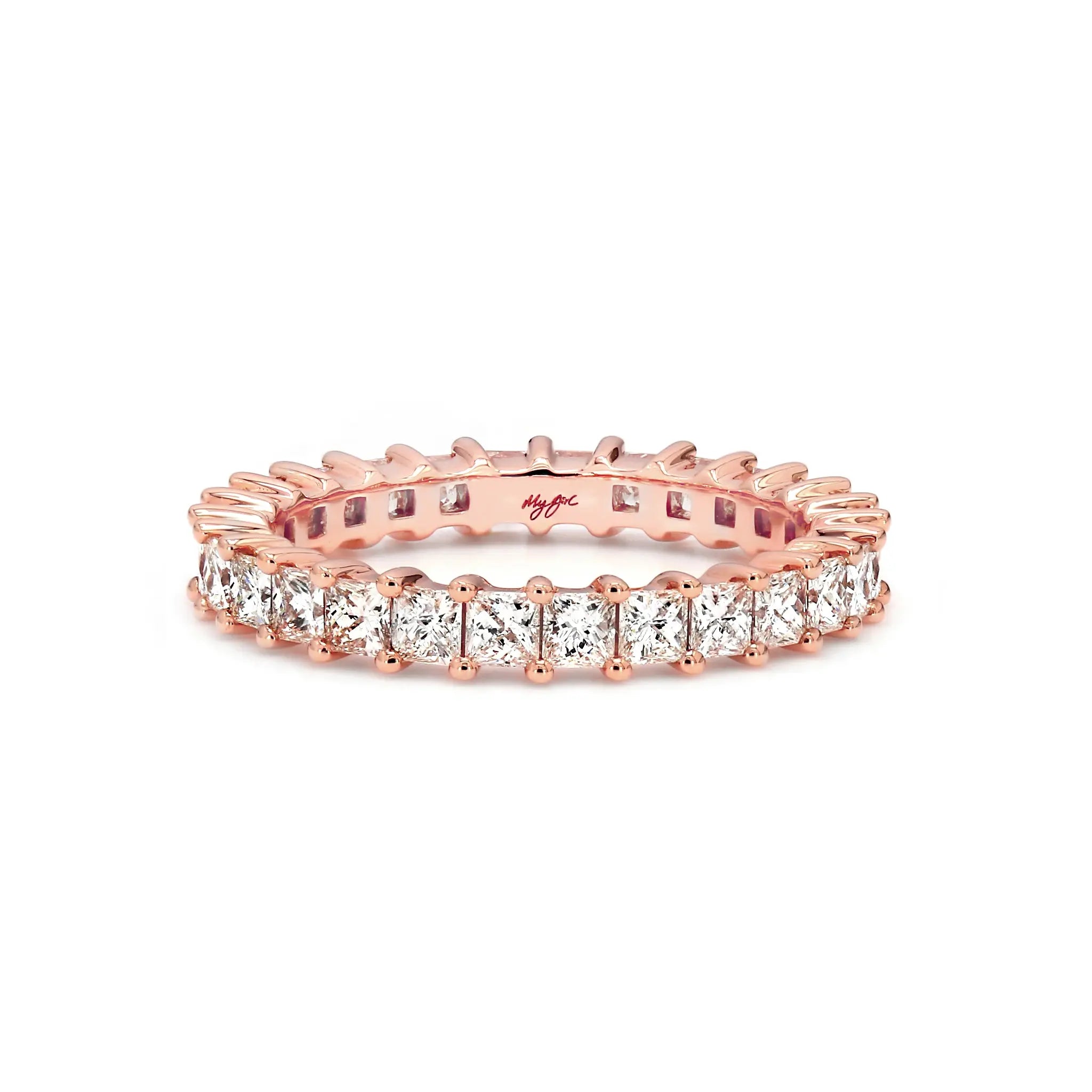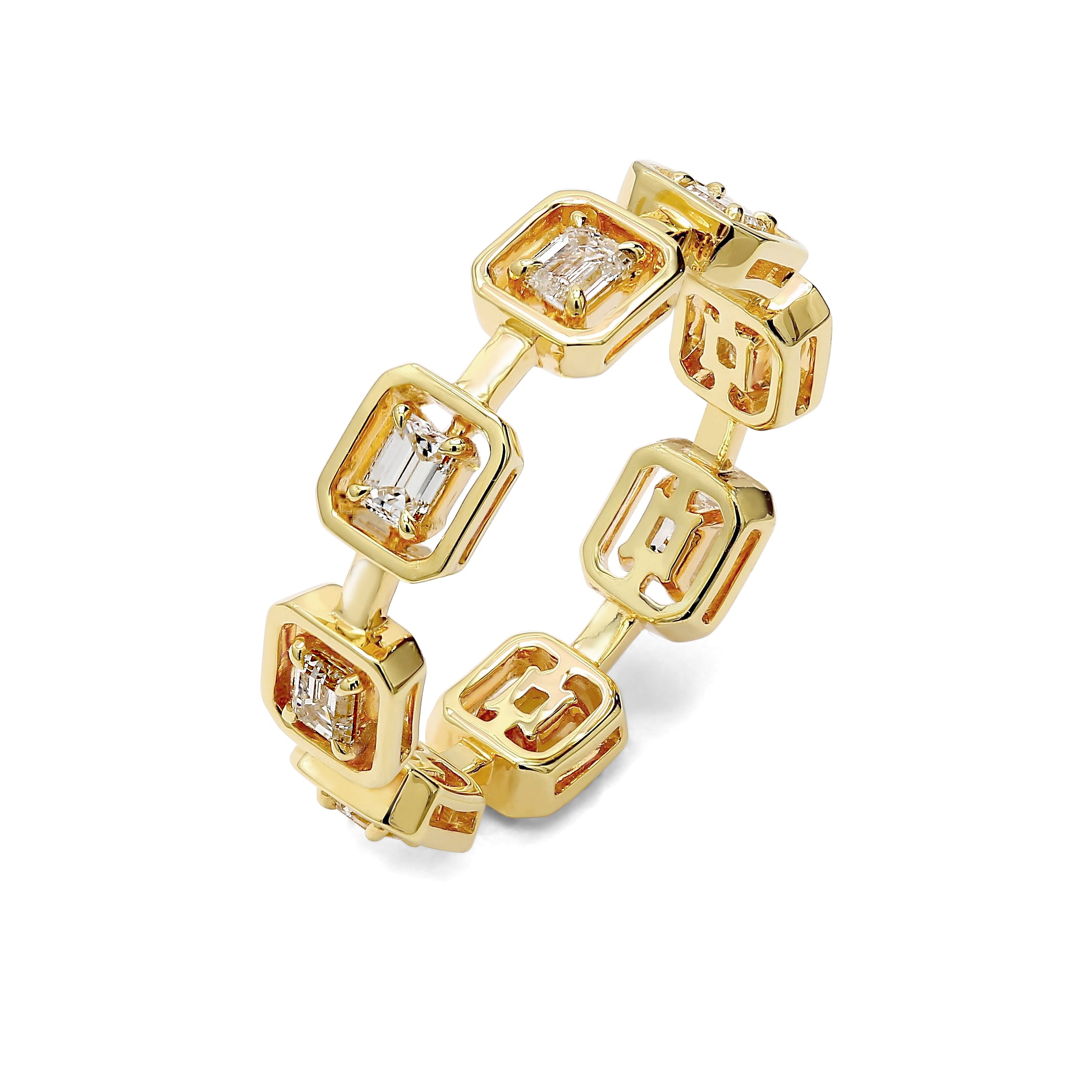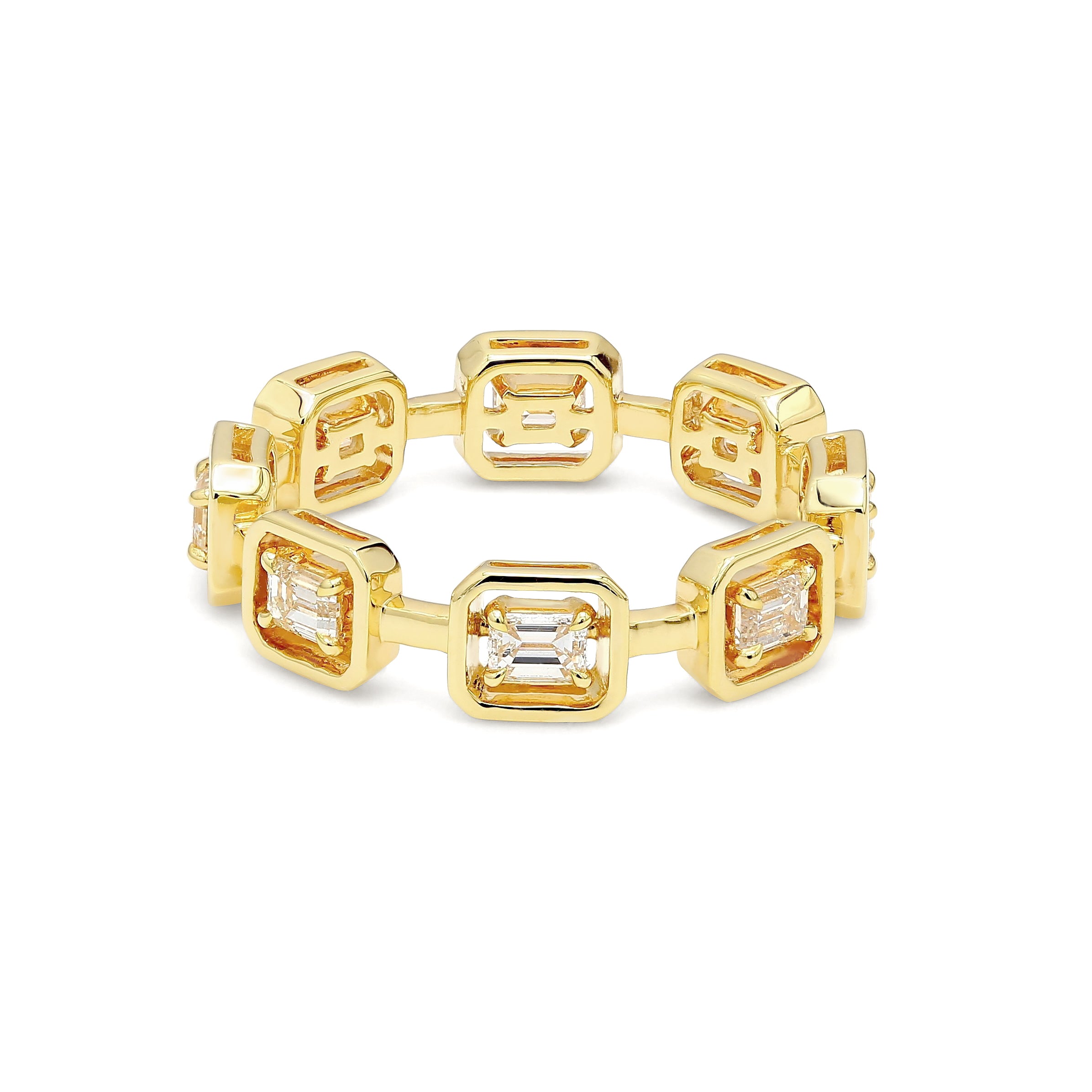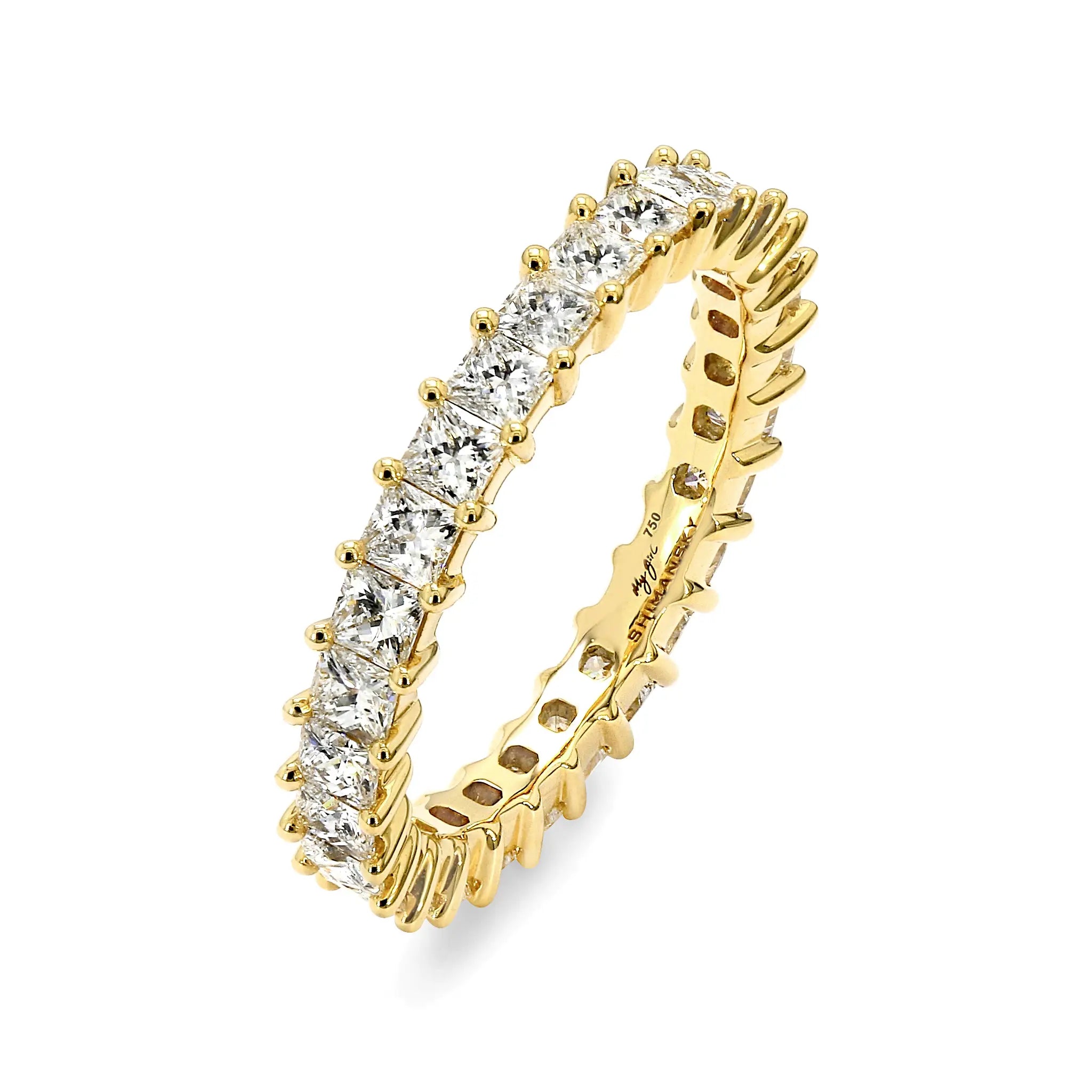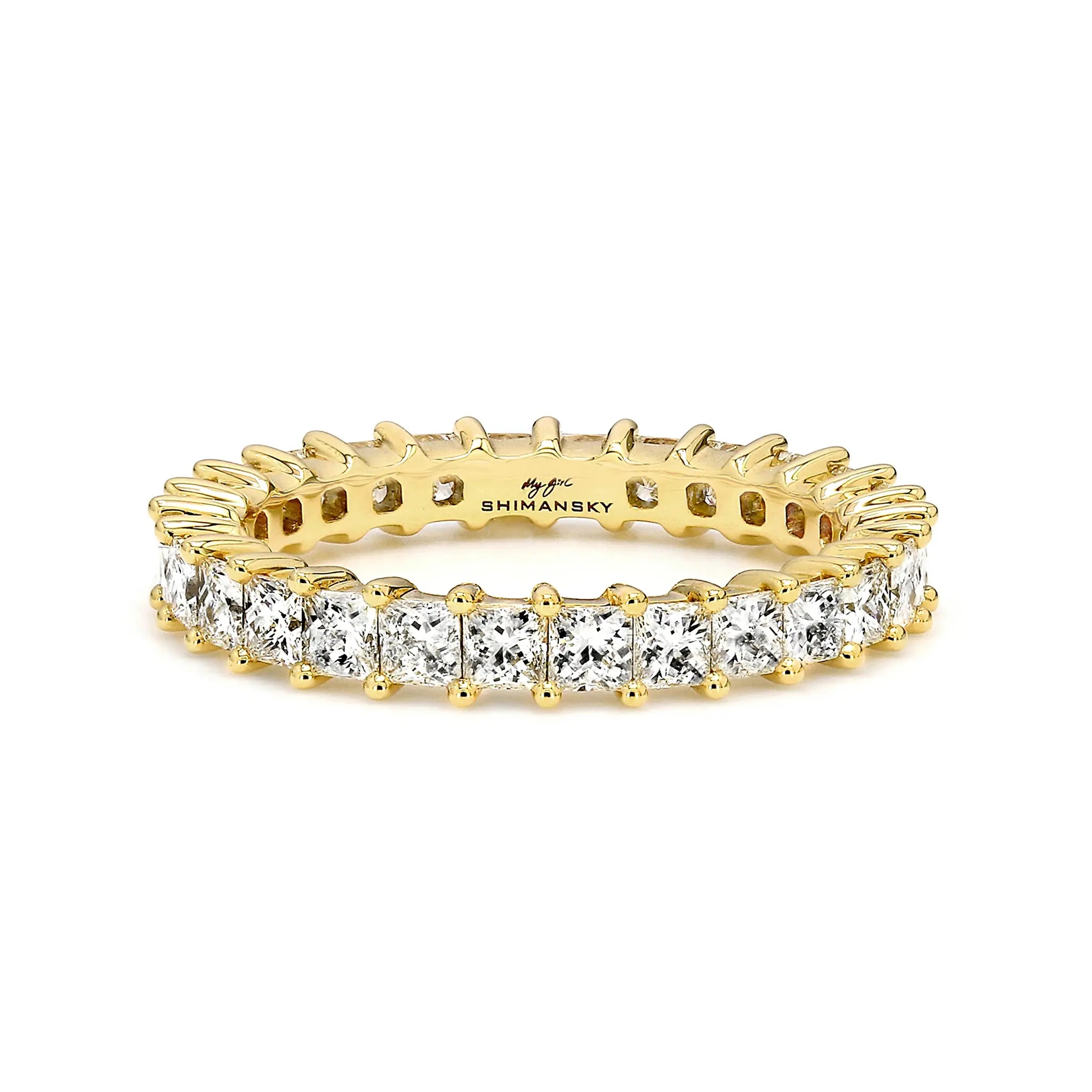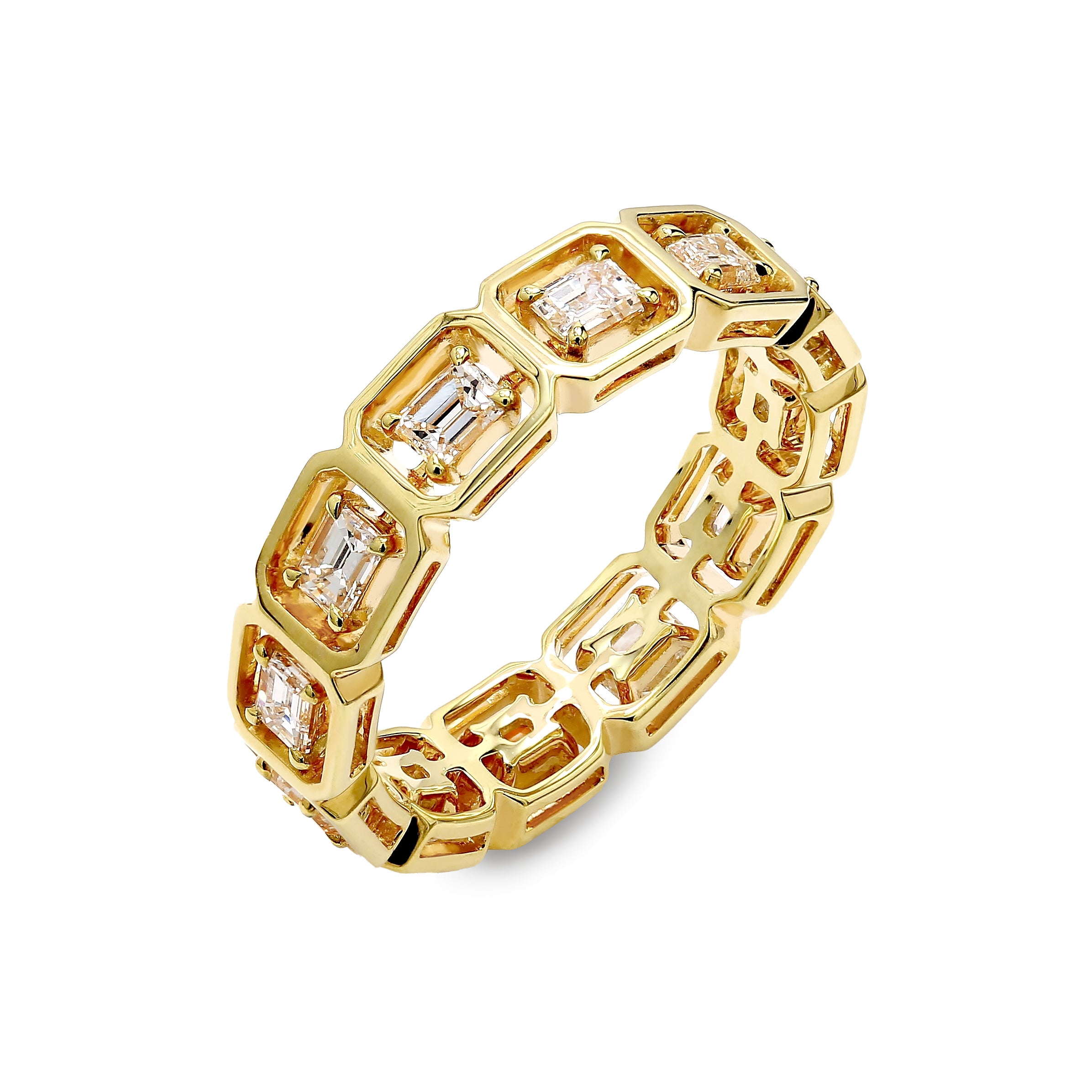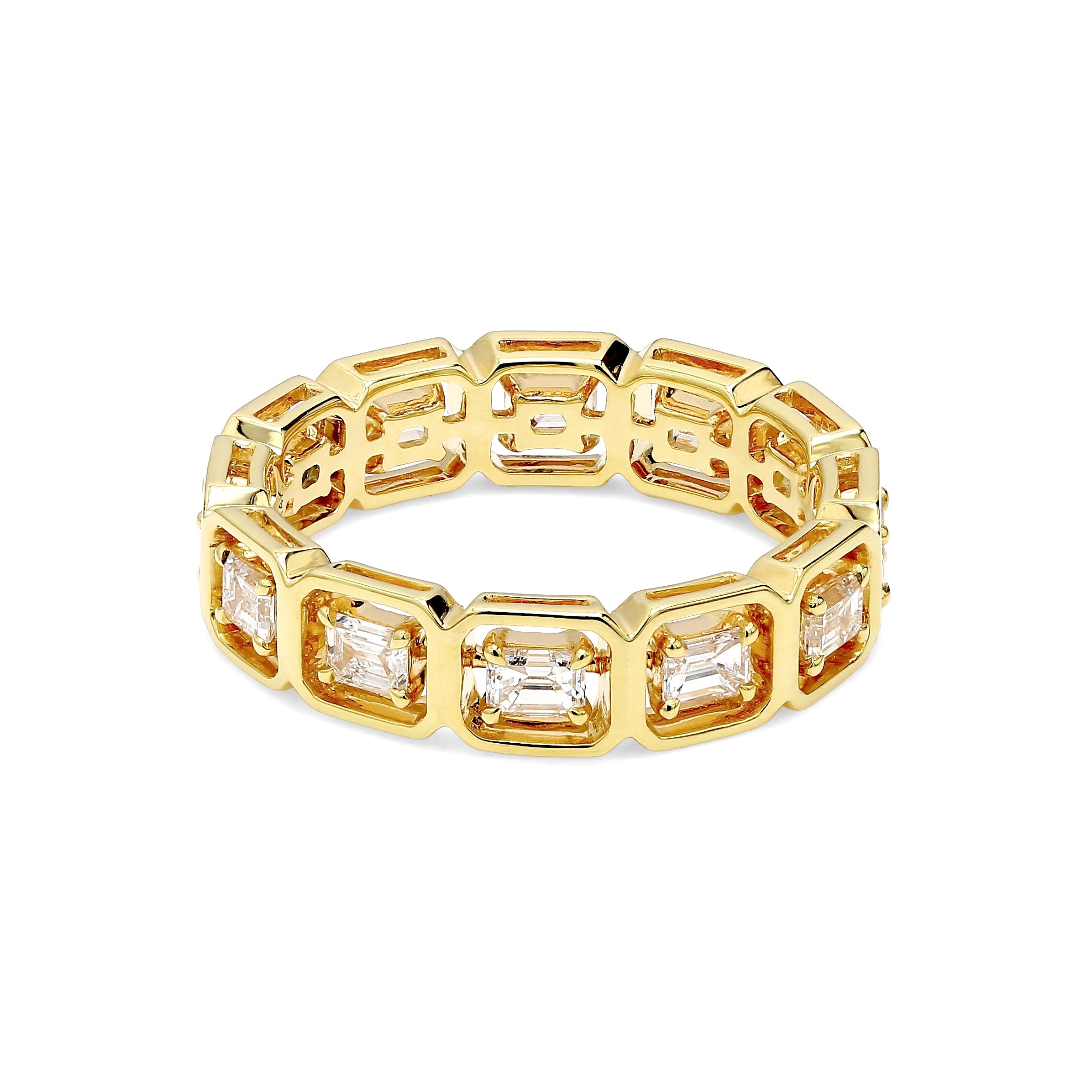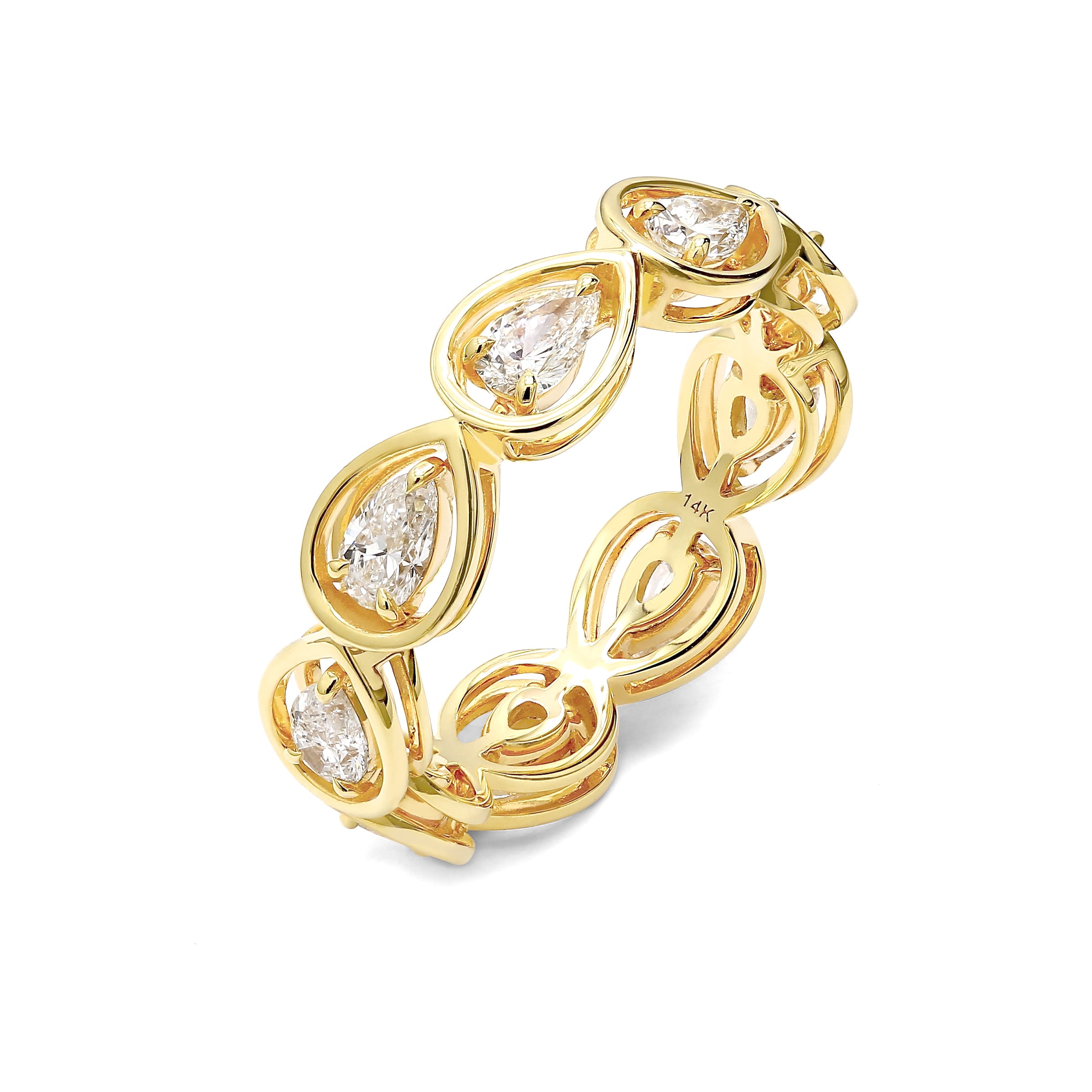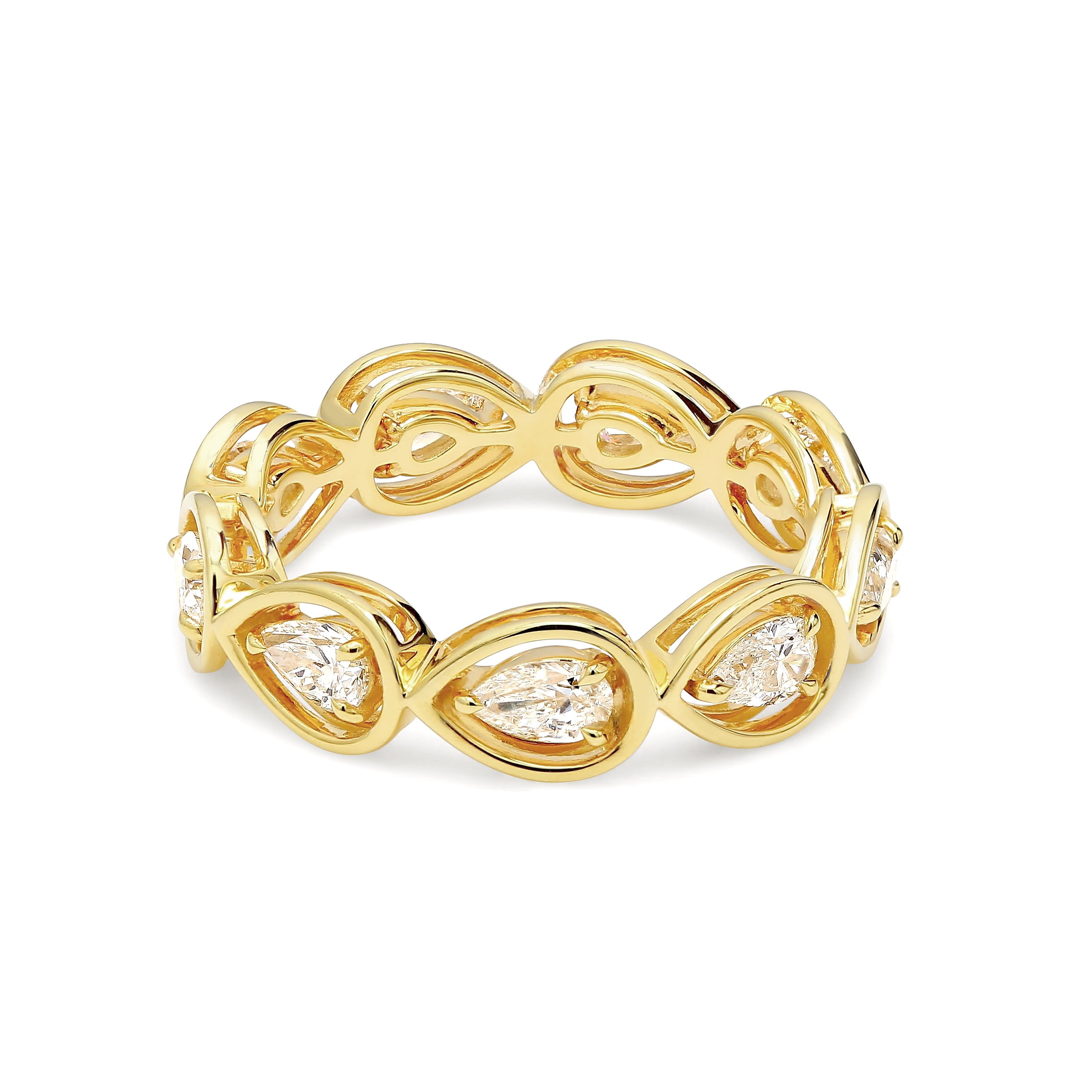The journey of a Shimansky diamond begins with an uncut stone sourced direct from the mine. In its rough form it has potential, its size simply a promise of what it might be. Only in the hands of a master craftsmen does the diamond realize its true potential. Each rough diamond is hand-selected for its unique characteristics, before being meticulously cut and polished to realise its true brilliance. Southern Africa accounts for a large percentage of the world’s gem-quality diamond production. Approximately 13 million carats of diamonds are mined annually, with a total value of nearly US $9billion. There are three main types of diamond mining: Pipe mining (primary deposits) consisting of open-pit mining and underground mining; Alluvial mining (secondary deposits); Marine mining
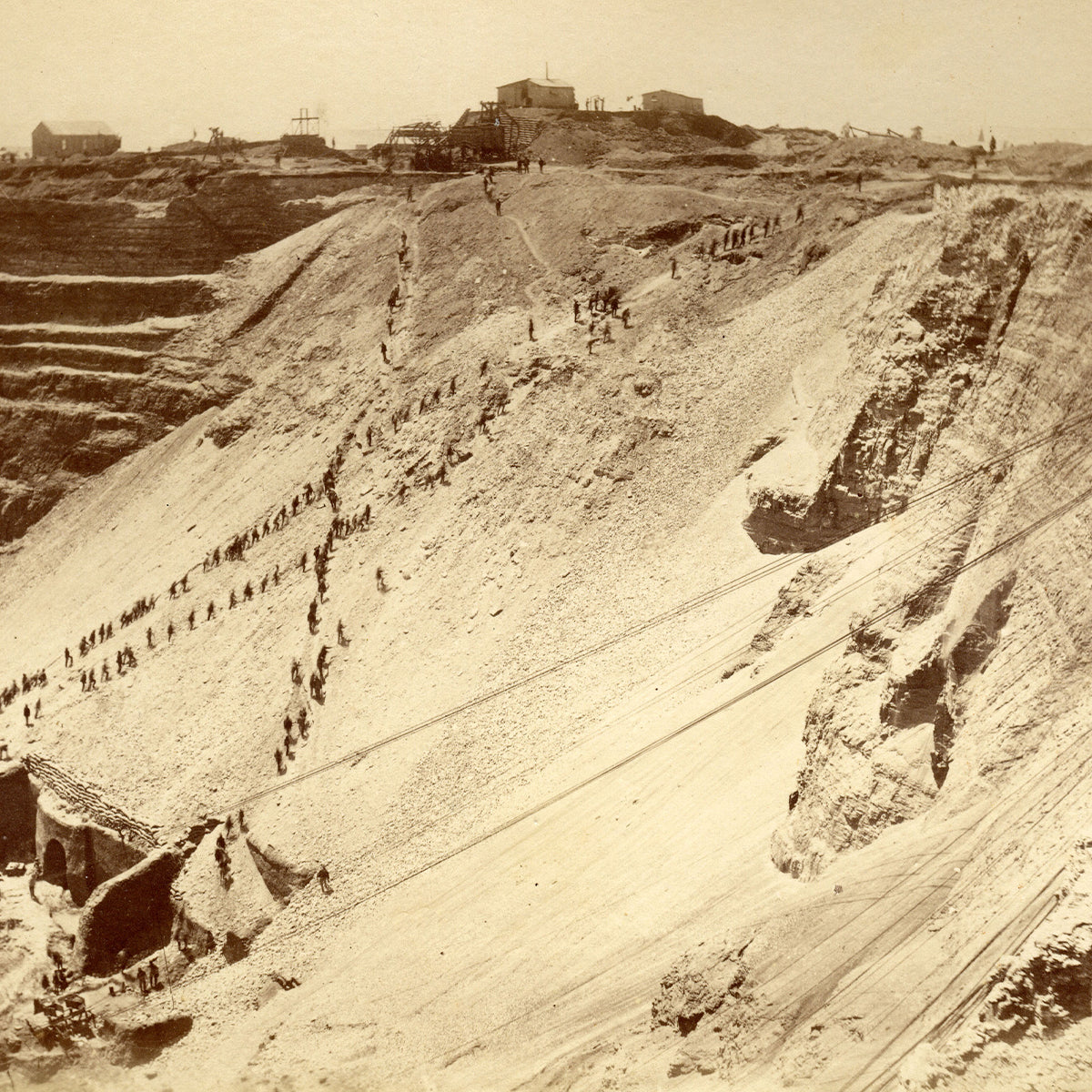
PIPE MINING
There are two types of pipe mining: open-pit mining and underground mining.
OPEN-PIT MINING - Open-pit mining, such as the Kimberley Big Hole, involves removing the layers of sand and rock found just above the Kimberlite. The ore in the pit is then broken up by blasting. Once this ore is broken, it is loaded and then transported to a primary ore crusher where the diamond extractor process begins.
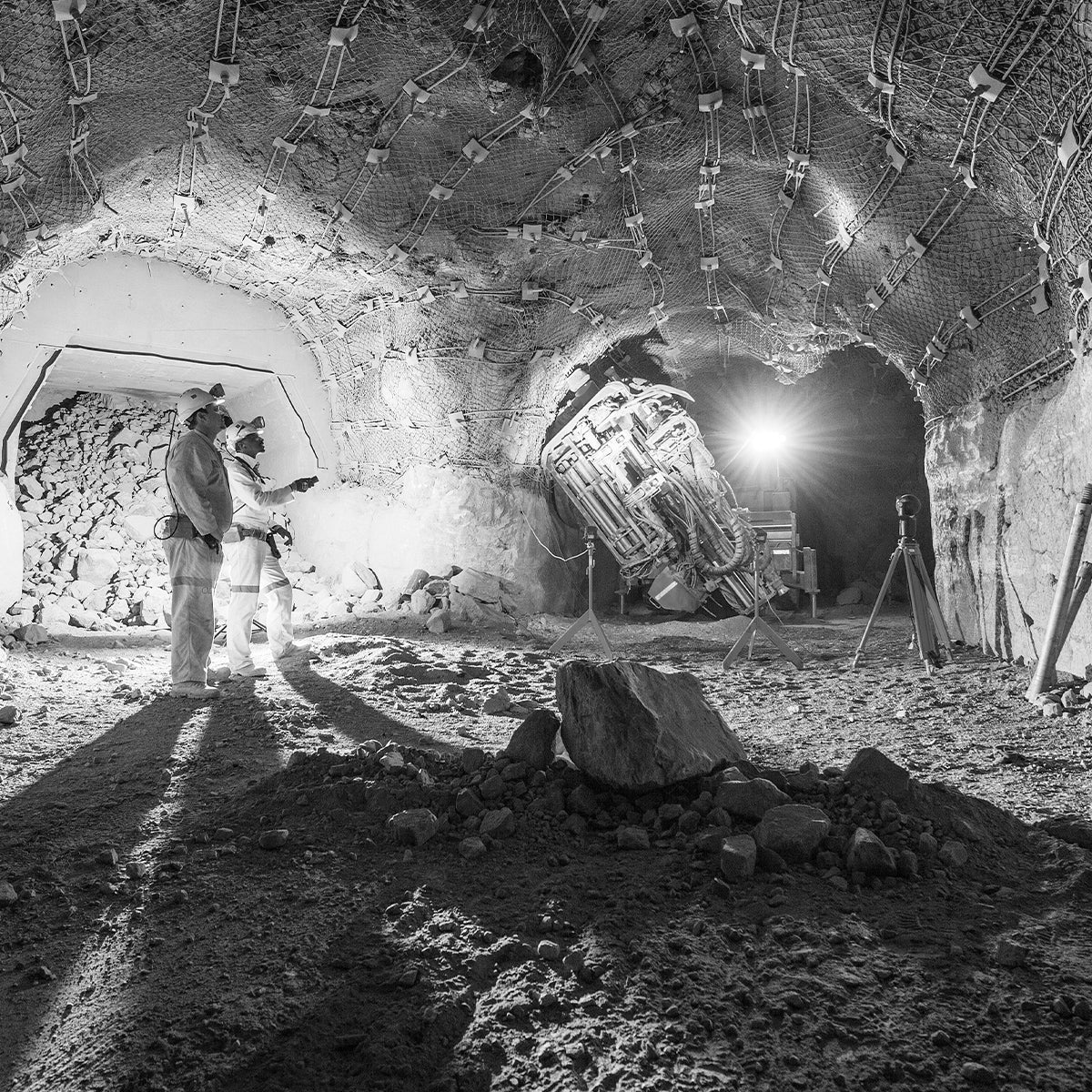
UNDERGROUND MINING - Miners tunnel through the Earth’s crust to reach the kimberlite pipe. Tunnels are constructed in two levels, one above the other with funnels built to connect the two. Mining begins on the top level by blasting ore, which falls through the funnels and collects on the second tunnel. Here, loaders collect the broken ore and bring back to the surface for processing.

ALLUVIAL MINING
After thousands of years of wind and rain, the Kimberlite pipe that reaches the Earth’s surface gets eroded. Rough diamonds from the Kimberlite get carried downstream in rivers and streams. These diamonds are often found in the gravel layer of other material such as mud, clay and underwater plant life. The Industrial alluvial process involves building a large wall to collect the water in one area, where the gravel is collected and then hauled to the surface and prepared for processing.
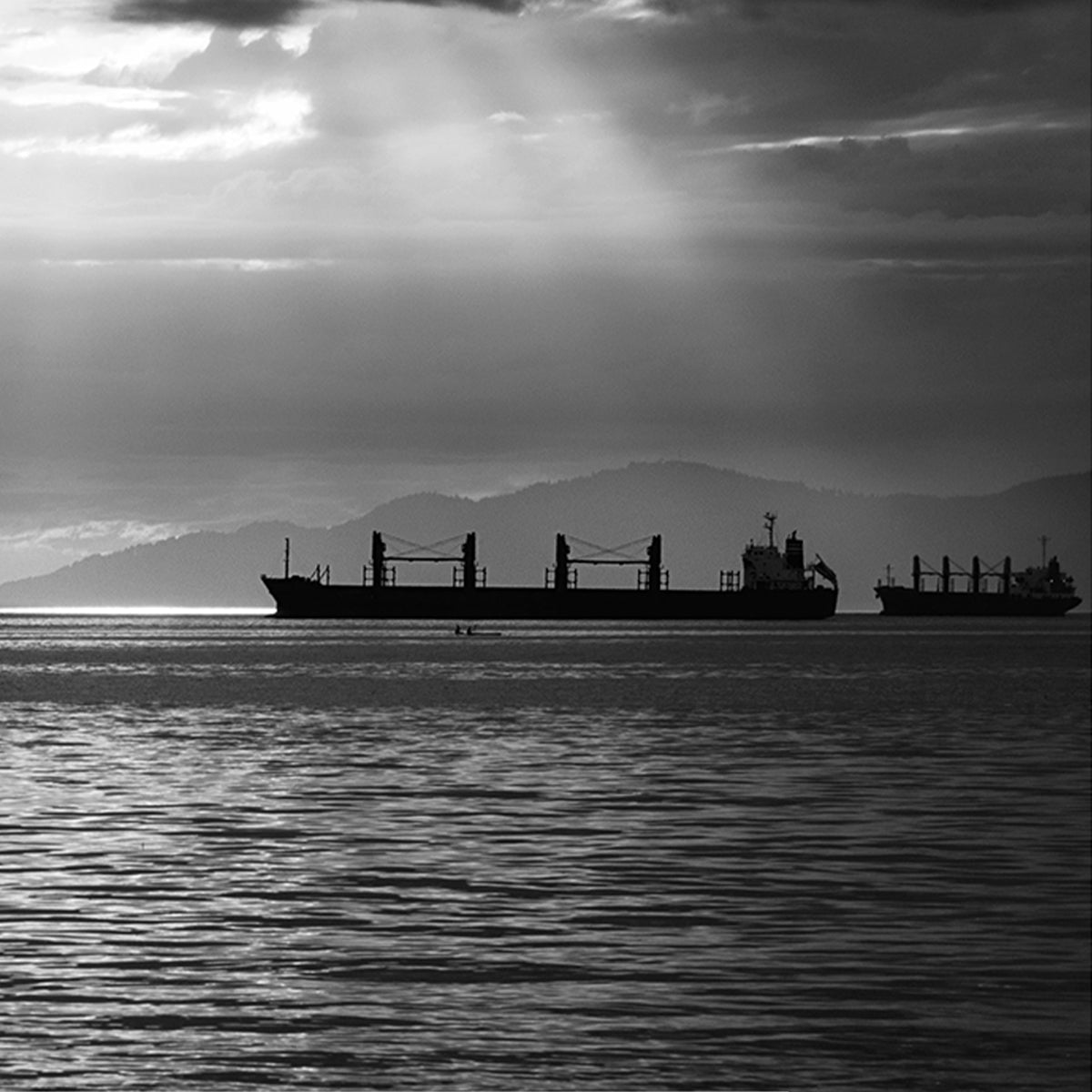
MARINE MINING
Marine mining involves extracting diamonds from the seabed, deep under water. Ships with specialised technology are used to mine for diamonds deep out at sea by using a powerful crawler that sucks gravel on the seabed up through flexible hoses or pipes. In the earlier days of marine mining, a swimmer would collect diamond bearing gravel from the shallow seabed.Alternatively, they use a large scale drill mounted to the ship to excavate diamonds. The coast of Namibia is the richest known source of marine diamond deposits which account for approximately 64% of Namibia's total diamond production.
The true valu of a Shimansky jewellery creation is only realised when it is worn by the person it is meant for.
ETERNITY RINGS
Featured collection

